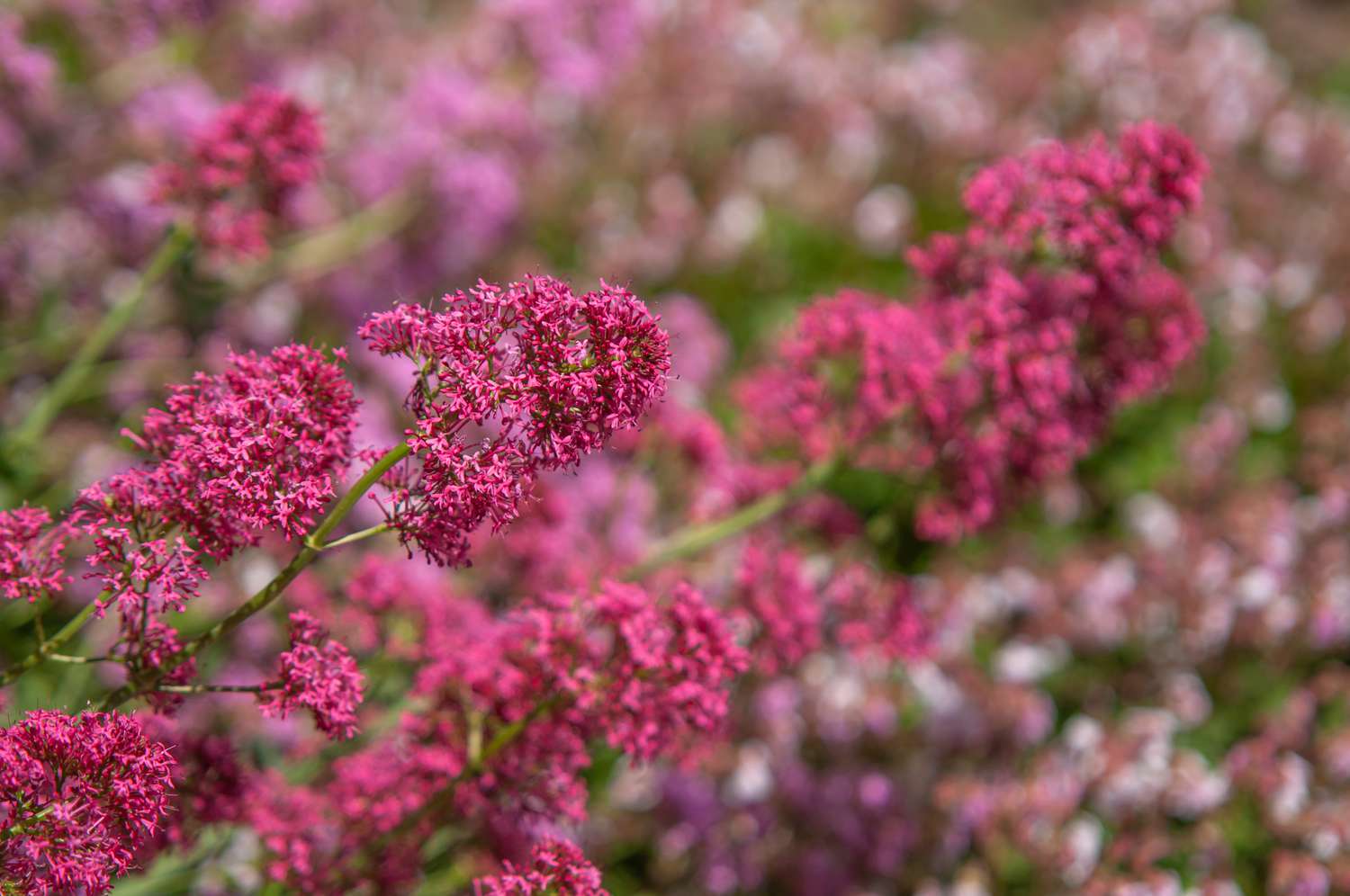Table of Contents
Are you fed up with buying packed valerian plants uk that shrivel up in a few days? Then why not grow them in your own garden and take advantage of their hypnotic, sedative, and antispasmodic effects? Valerian plants can be a great addition to your garden. This calming herb has been used for medicinal purposes for centuries. Valerian flowers have a pleasant fragrance. The leaves are also aromatic when bruised or crushed. The famous physician Galen even prescribed it as an effective remedy for insomnia. The best thing about growing them is that they can thrive even in limited spaces. You can grow them easily with just a few basic things: a sunny windowsill, high-quality seeds, and well-drained soil.
Choose a suitable planting location, prepare the soil adequately, and water them frequently to ensure they grow well.
Valerian Plant UK Care and Growing Tips
Go through this step-by-step guide that will give you the confidence to grow valerian plants in your garden successfully.
Where to Grow Valerian Plants?
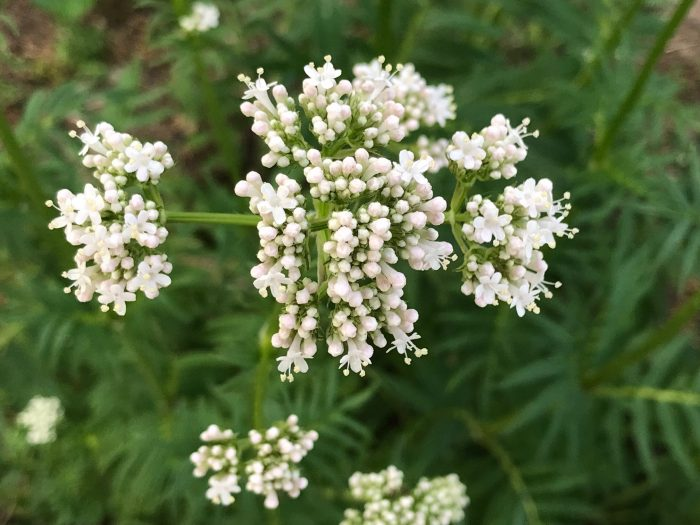
Valerian plants grow well in USDA zones 5–9 or equivalent. You should ensure that they grow in a weed-free environment else their growth can get hampered. To discourage weed growth, you can apply a layer of organic mulch around the plant. Mulching helps retain soil moisture and suppresses the growth of weeds.
You should also avoid growing valerian plants uk in acidic soil. Acidic soil hinders the ability of the valerian plant to absorb calcium leading to their stunted growth and increased susceptibility to pests and diseases. If your garden soil has a pH of less than 7, you can grow valerian plants in neutral compost-filled pots.
Valerian plants are prone to wind damage due to their slender, tall stems. Consider planting them in areas sheltered from strong winds, such as near a fence, wall, or other protective structures.
How to Care for Valerian Plants
If you plan to grow valerian plants healthily, you should keep in mind the following things:
1. Water
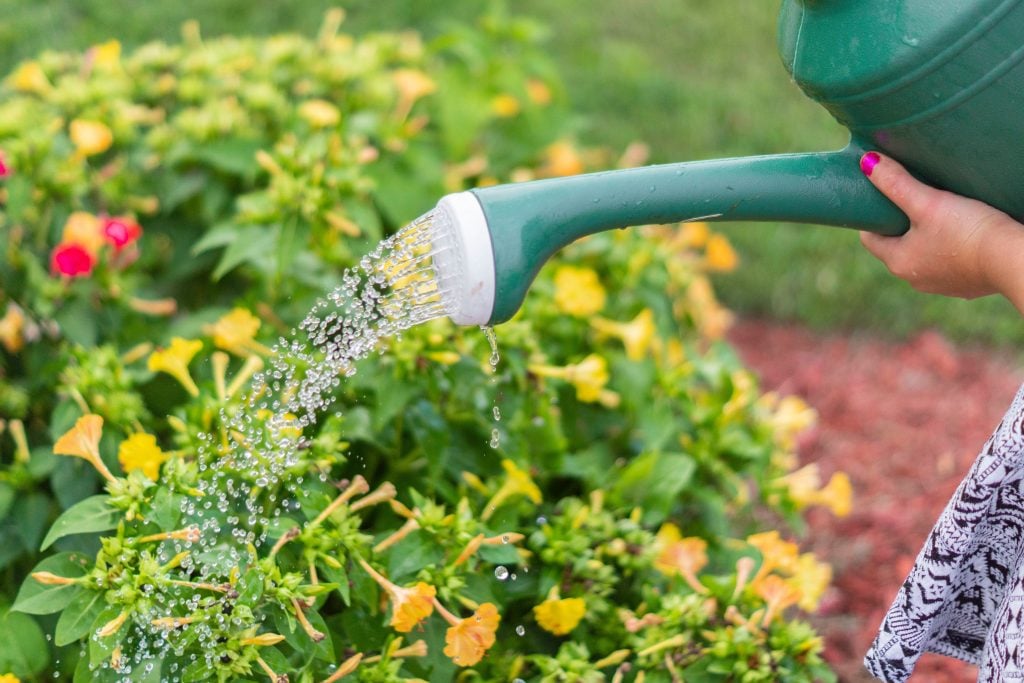
Valerian plants need a consistent amount of moisture to thrive. Water them regularly and ensure that the soil is always moist. Avoid overwatering; else, their roots can rot. It’s best to water them when the soil feels dry. Adjust the watering frequency depending on the soil’s moisture level and the weather condition. During the summers, when humidity is low and temperatures are high, you should water your valerian plants more often than in winter.
You can also use the finger test to determine if your valerian plants need more water. To do this, you’ll have to stick your finger about two inches deep into the soil. If your finger feels dry, you need to water the plants more frequently. If your finger feels wet, then your plants are well drained. If you’re planning to grow valerian plants in a container, choose the one with a tray or saucer to catch any excess water. This will prevent the soil from becoming waterlogged.
2. Sunlight
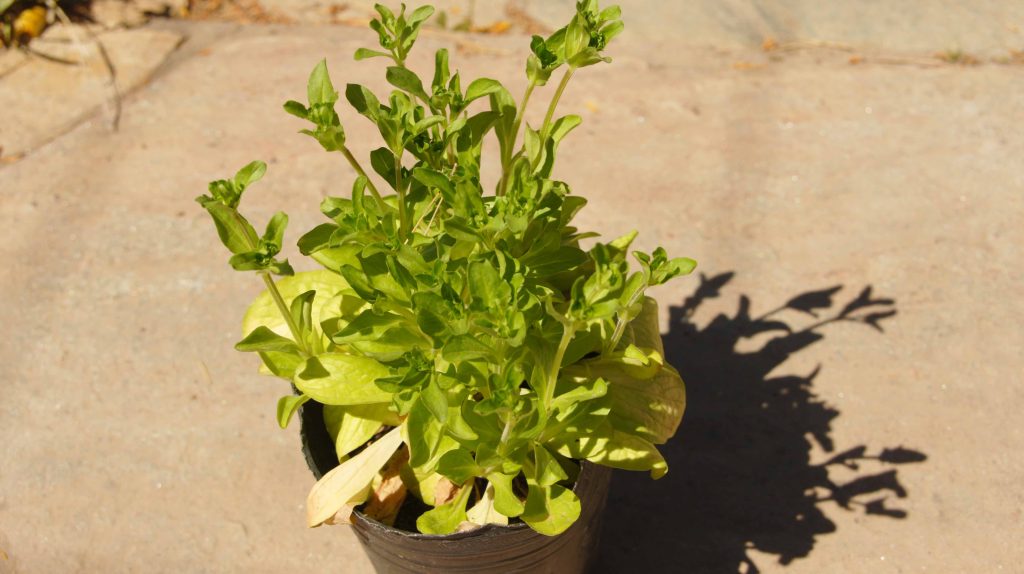
Valerian plants love bright sunlight and can tolerate the full sun. You should grow them in an area where they can have access to the afternoon sun. During hot summers, provide them with some shade so that they don’t get wilted. To ensure optimal growth of valerian plants, find a balance between shade and sun. If you have planted valerian in your garden, you can use taller plants like shrubs or trees to provide some shade during the day’s hottest part.
Valerian plants are sensitive to temperature changes. When temperatures fall below 45°F, the plant may not flower properly, and the foliage may become scorched. They need at least six to seven hours of direct sunlight to remain vigorous and healthy. If you have planted valerian in a container, rotate the pot every few days so that all sides of the plant receive the optimum amount of sunlight.
3. Soil
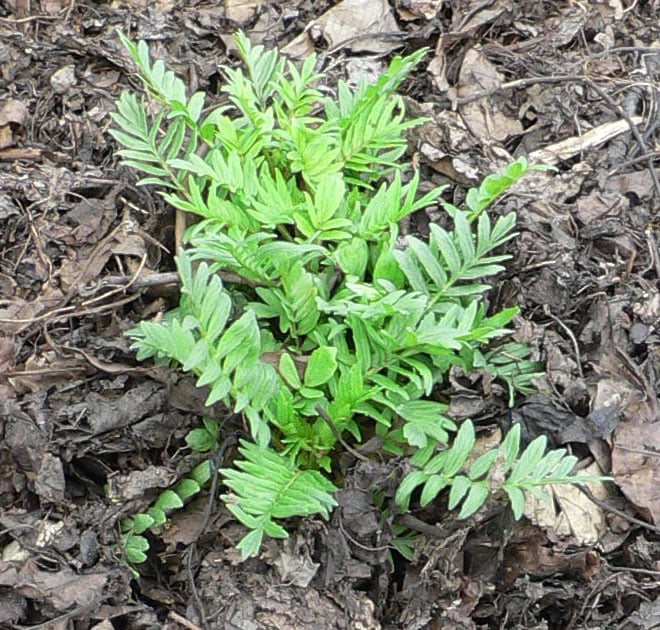
Valerian plants grow well in all kinds of soil, but they prefer a sandy loam having a pH range of 6.0 to 7.0. They can also tolerate slightly alkaline and acidic soils. Measure the soil’s pH before planting valerian. You can do this with the help of a soil test from a garden center. If the pH of the soil is not within the 6.0 to 7.0 range, adjust it by adding sulfur or limestone. Monitor the pH level of the soil throughout the growing season and adjust it accordingly.
To ensure that the valerian plants have good drainage, choose a well-draining and light soil type. These kinds of soils allow water to seep through them quickly, thus providing excellent drainage. If you are growing valerian plants in sandy soils, you may need to supplement your plants with additional compost or fertilizer, and if growing them in clay soils, amend your soil with organic matter like peat moss or compost.
4. Humidity and Temperature

Valerian is a hardy plant that can survive harsh winter weather. It can tolerate temperatures as high as 95 degrees Fahrenheit and as low as -20 degrees Fahrenheit. But, the ideal temperature range should be between 60 and 70 degrees Fahrenheit for valerian plants to produce the highest yields. During the summers, when temperatures go above 70 degrees Fahrenheit, valerian plants will go dormant, meaning they won’t produce any new leaves or flowers. During the spring season, valerian plants emerge again.
If the temperature is very hot, the plant won’t grow in a healthy way, and if the weather is very cold, the plant won’t grow as quickly.
5. Fertilizer
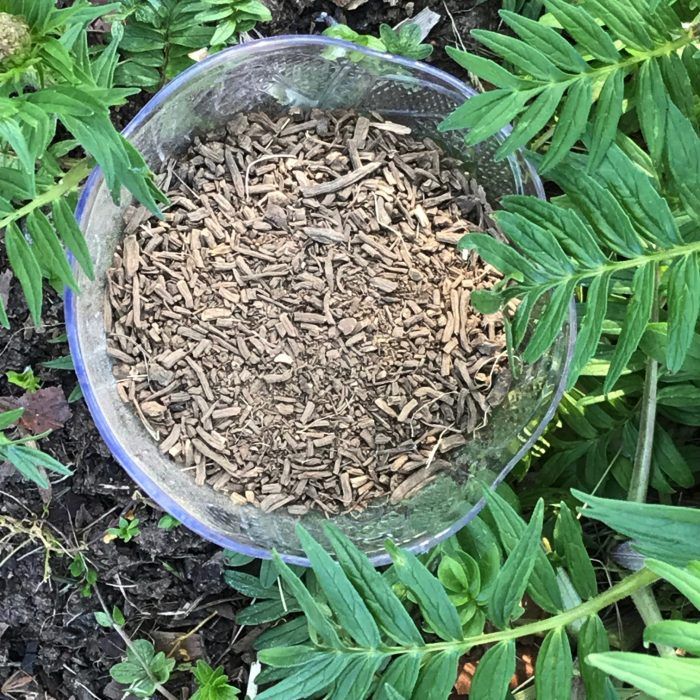
It is important to fertilize your valerian plant properly to ensure that they grow healthily. Organic fertilizers are the best for valerian plants as they are rich in all the essential nutrients and increase the soil’s water-holding capacity and promote beneficial soil organisms. To ensure that the plants get the required nutrients, fertilize them regularly. The frequency of fertilization will depend on the plant size, season, and soil conditions. You should fertilize valerian plants every 8-10 weeks during the winter and every 4-6 weeks during the growing season.
While applying the fertilizer, follow the instructions on the package. Spread the fertilizer around the plant’s base avoiding the leaves and the stem. After fertilizing the plant, water it regularly to ensure that the fertilizer reaches the roots of the plant.
6. Spacing
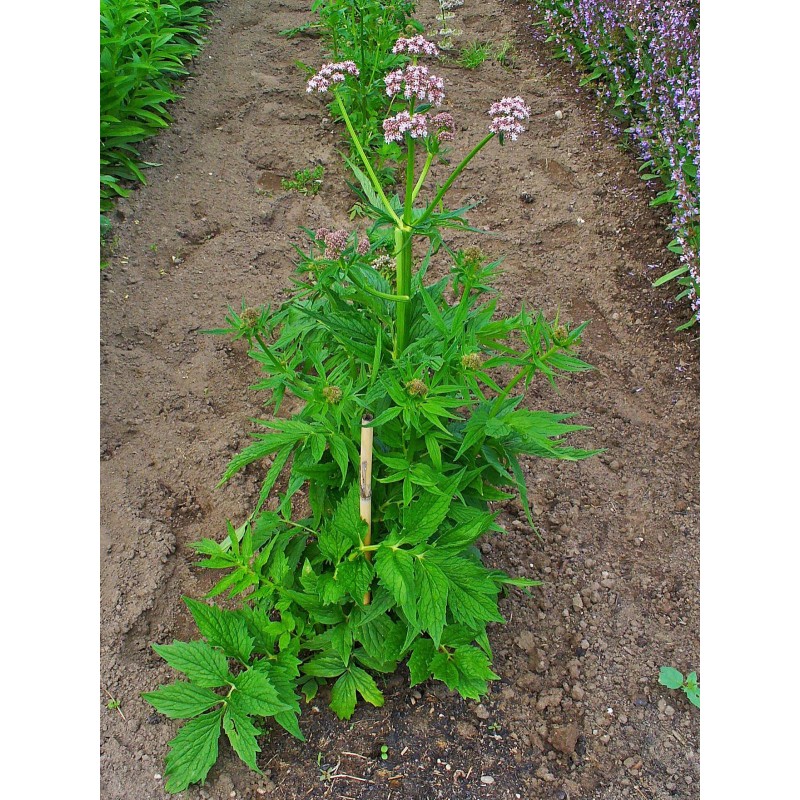
When the valerian seedlings are growing well, space them out to let them grow optimally. Remember that these plants flare out and grow tall. Ensure that there is about 3 feet distance between each plant. Spacing Valerian plants will allow them to grow without excessive competition reducing the chances of shading or root entanglement, which can hinder the development and growth of individual plants.
Well-spaced valerian plants also give your garden an aesthetically pleasing look, with each plant having the room to showcase its beauty.
7. Pruning
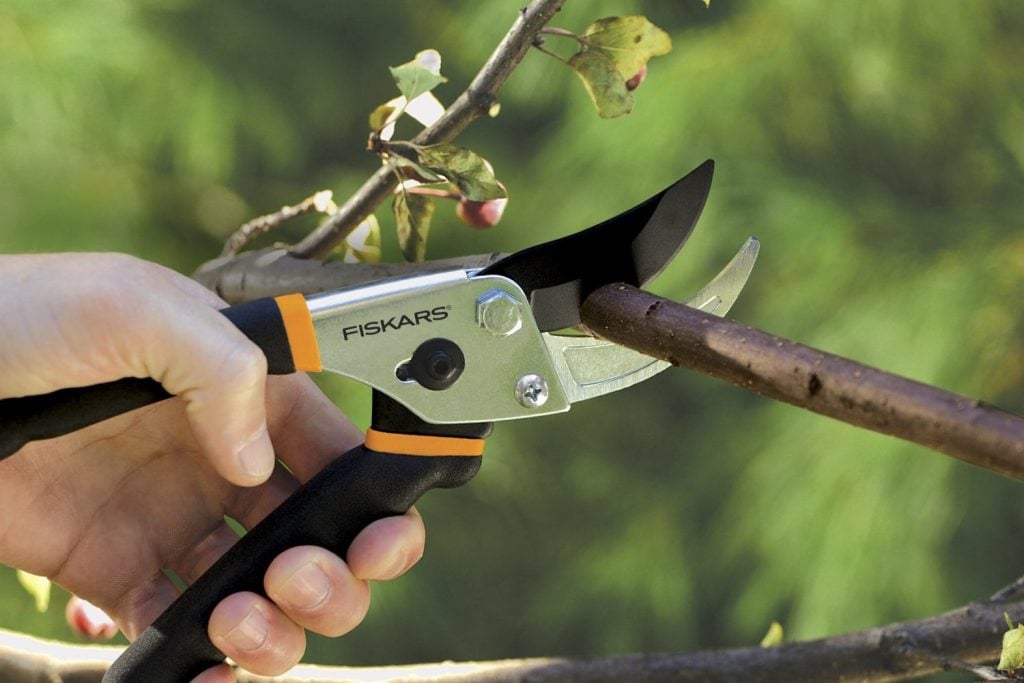
Valerian plants do not require regular pruning, but in the fall, cut away the dead foliage to keep the stems tidy. Pruning will also prevent the valerian plants from becoming invasive as they have a tendency to recede themselves and spread. When the blooming period is over, you can cut the plant to half its height. This will encourage fresh growth and give a chance for the plant to grow well. If you see any diseased, wilted or damaged leaves, prune them off as soon as possible to prevent the spread of diseases. This will also help in maintaining the overall health of the valerian plant.
8. Propagating Valerian
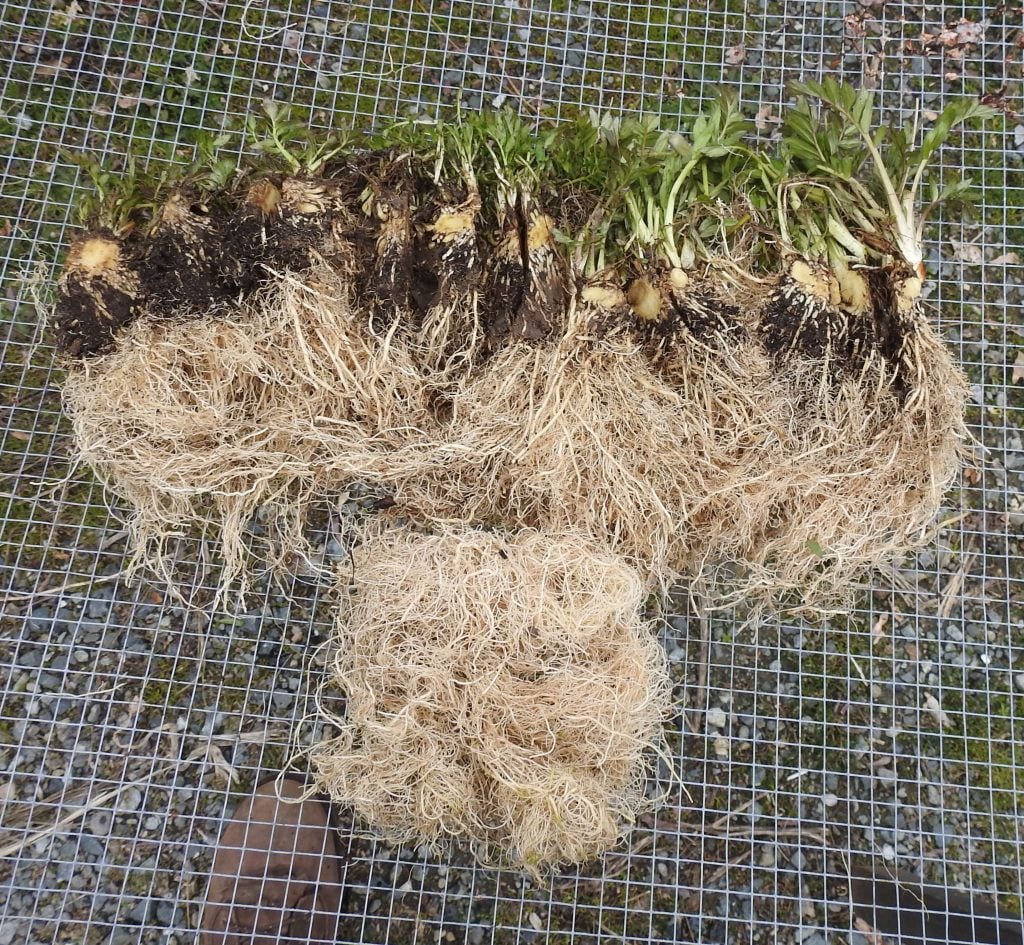
You can divide the healthy, established plants at the roots to produce new varieties in your garden. If you’re propagating valerian from seeds, keep the soil moist and ensure that the temperature is around 70°F for optimal germination. You can start planting the seeds indoors, and once they have grown to about three inches, transplant them outdoors.
If you’re propagating valerian from cuttings, ensure that the soil is not soggy but moist. Stick the cuttings in the moist soil and leave two inches of the valerian cutting above the soil. You can use a thin layer of mulch to cover the cuttings. Keep the soil temperature at 60-70°F and place the cuttings in a shady area. Make all the divisions earlier and not later. This will give time for the dividing plants’ new roots to embed properly.
9. Harvesting Valerian
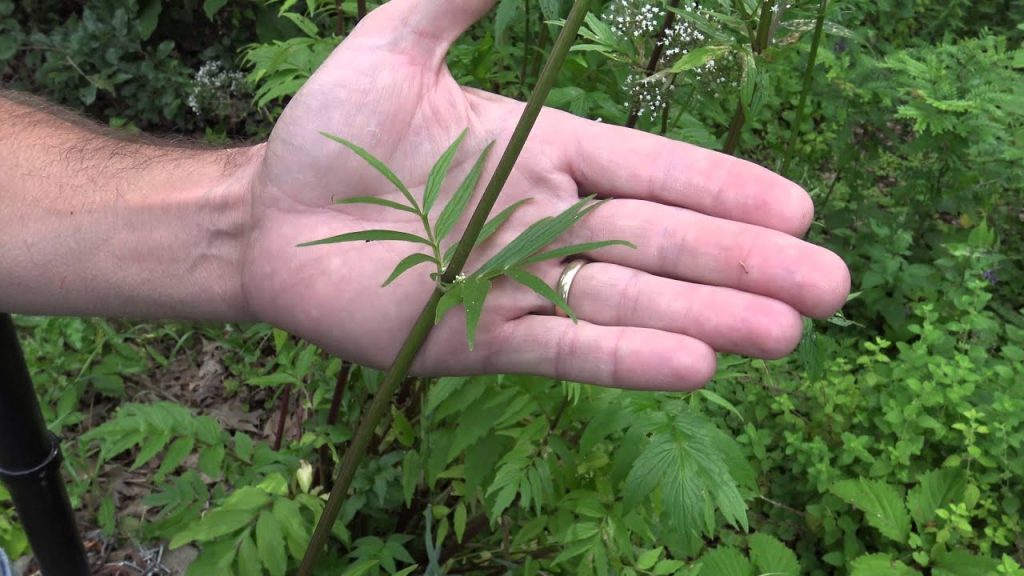
Spring or fall is the best time to harvest your valerian plant roots. Remove the leaves and snap the stems off the base. Dig up each plant’s roots you’ve chosen to harvest. Now you can use aged compost to fill in the holes. This will also provide nourishment to the remaining valerian plants.
Now you need to rinse roots in a bucket of clear water or an outdoor sink. Once rinsed, pat dry the roots with lint-free towels. Separate them carefully into small clumps and spread them out on racks. You can now dehydrate them in the dehydrator. It will take around 3 hours for the roots to become fully dry. Thicker roots can even take a longer time. If you don’t have a dehydrator, you can also oven-dry the roots.
Conclusion
Valerian is a low-maintenance plant that can be grown easily both indoors and outdoors. But it can easily crowd out other plants in your garden. So plant it in its own area and inspect it closely to ensure that it doesn’t become invasive. Water them regularly, plant them in moist soil and grow them in an area where they get sufficient sunlight.
With proper maintenance and care, you can get abundant produce.
Frequently Asked Questions
Is Valerian a Good Companion Plant?
Yes, valerian makes a good companion plant alongside hummingbird mint, echinacea, catnip, and dill. Valerian’s strong aroma can be helpful in deterring aphids, which are nasty pest for roses.
Can You Grow Valerian from the Roots?
Yes, valerian can be grown from the roots. Valerian rhizomes spread easily, so if someone has an established plant, you can ask for a few roots in mid-autumn or spring.
Is It Difficult to Grow Valerian?
No, it is not difficult to grow valerian as it is a low-maintenance plant. You just need to offer them the right nutrients, water them regularly and offer them sufficient sunlight to help them grow well.

